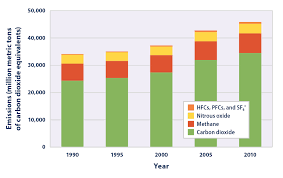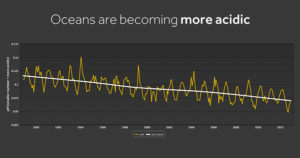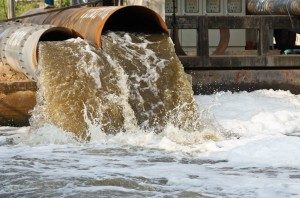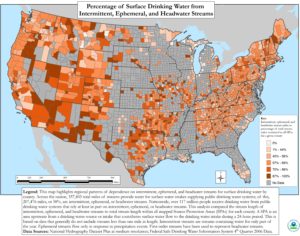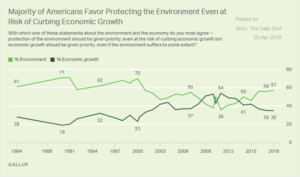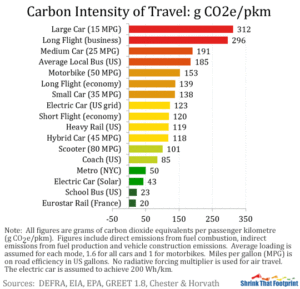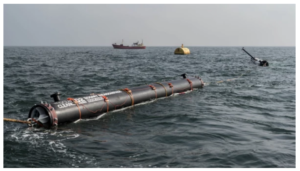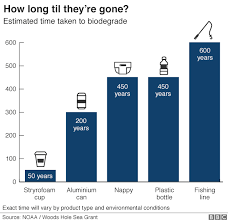
Photo: commondreams.org
In a win for all those interested in using facts, science and in depth analysis to make policy decision, a federal court held in a 54 page decisions that the Trump administration had disregarded the facts prepared in a 14 volume report by the Obama administration in 2014. In January of 2017, President Trump executed a memorandum to approve the XL pipeline project and move it along. The State Department which has jurisdiction in the pipeline project because it crosses the US – Canadian border surprisingly used the 2014 findings to justify its conclusion that the pipeline environmental damages were ‘inconsequential’. The court held that the Trump Administration had provided no supporting evidence for their argument.
Judge Brian Morris, sitting on the Montana federal court found the government must complete a through, fact based environmental review before approving the project. There is long standing environmental and procedure law dating back to the 1970s which federal judges have found the GOP administration trying to short-circuit to make a policy shift toward fossil fuel development. Judge Morris provided additional related findings:
- The State Department is issuing the approval failed to analyze the climate change impact of greenhouse gas emissions.
- The Department acted without complete information on the impact of the project on Indian territory and culture.
- The Department failed to use a ‘fact based’ set of reasons for the reversal of previous law and policy of the previous administration.
- The Department needed a ‘reasoned explanation’ for its finding that their were no climate change impacts from the project.
The environmental review is likely to take at least a year, the Administration is likely to appeal the ruling.
Let’s step back here a moment, the project taps thick oil from Canada oil field and pipes the oil to refineries in Oklahoma and the Gulf Coast. Why do we need this project? We are trying to reduce green-house gas emissions. We know that the latest UN report on climate change estimates that within 12 years the planet will be 1.5 degrees Celsius hotter if present climate regulations and changes are implemented. Yet, even at that level the impact would be monumental causing more damage to the planet with hotter oceans, intense rainstorms, drought, wildfires, and rising seas engulfing valuable shore line and displacing millions of people. We are already experiencing, more category 5 hurricanes than ever, wildfires that create their own windstorms racing through cities nearby in seconds, coastal areas flooding on a continuous basis and the list goes on.
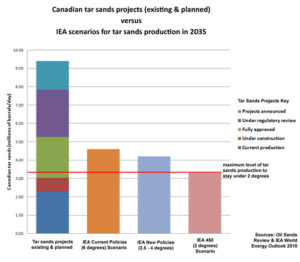
Sources NRDC, The International Energy Agency -2013
Experts predict significant degree increasing impacts based on Keystone plans as outlined. If Keystone was implemented at the 4.6 million per barrel level by 2030 there would be a 6 degree global impact. This level of global warming can’t be justified compared to the UN findings.
We applaud legal efforts of the Sierra Club, Natural Resources Defense Council, The Indigenous Environmental Network and others who focused their efforts on protecting our planet and our lives. Maybe Jefferson and Madison’s faith in the people of this country ‘in a reasoned’ manner based on truth and facts making decisions will win out over corporate inertia and politicians that are bought off by corporate campaign contributions.


